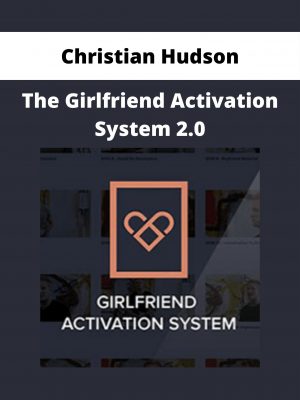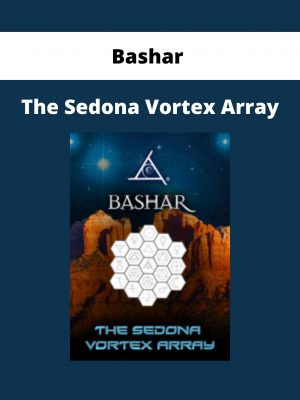Mike Stella – Advanced IASTM Practitioner Certification
$200 Original price was: $200.$75Current price is: $75.
Shopping Instructions:
- DISCOUNT 15% : SHOP15
- Product Delivery: Within 1 – 12 hours after purchase.
Available for Pre-Order. This product will be available within a few days.
Mike Stella – Advanced IASTM Practitioner Certification
Until now, choices were limited if you wanted to learn how to use IASTM. You had to buy expensive tools and attend an expensive class that locked you into one way of applying Instrument-Assisted Soft Tissue Mobilization.
Not anymore. Taught by industry-leading experts in movement assessment and therapy, these hands-on certification programs equip you with all the skills you’ll need to begin using IASTM with patients tomorrow — without spending thousands on equipment.
Advanced IASTM Practitioner Certification builds on the fundamentals with innovative applications that integrate the latest neuroscience research. Master cutting-edge treatments for pain, tunnel syndromes, nerve entrapments, neuropathies, tendonitis, and other common conditions.
- Review the myofascial sequencing model and discuss the neuroanatomy of the dermal/fascial subsystem
- Evaluate the research on IASTM with respect to connective tissue gliding and pain modulation
- Demonstrate skin/fascial glide screening process
- Practice, demonstrate, and integrate advanced fascial tooling techniques
- Identify the most common cutaneous nerve entrapments of the trunk and extremities
- Apply dry fascial gliding treatments to address cutaneous nerve entrapments
Would you like to receive Mike Stella – Advanced IASTM Practitioner Certification ?
REVIEW OF FUNDAMENTALS
- Movement, mobility, and motor control
- Mechanical/neurological effects of instrumentassisted techniques
- Principles of mobility restriction
- Interfascial gliding
- Principles of sensory modulated pain control
- The IASTM blueprint:
- Graded exposure system
- Tissue tolerance concept
- Indications/contraindications
INTRODUCING SENSORY BLIND-SPOT IASTM
- Neurological connection
- Sensory stimulation – interoreception, pain gate theory, neuromatrix model
- Graphesthesia technique
- Movement/sensory mapping
INTRODUCING SKIN/BRAIN CONNECTION THROUGH TWO POINT DISCRIMINATION AND TACTILE SENSE
- TPD learning and breakout
- Skin screening and breakout
- Skin/fascial glide screening method
- Treatment vectors
- Progressive treatment method
- External glide
- Internal glide
- Movement
- Time under manipulation (TIM)
TONE MODULATION FOR NEUROSENSORY CHANGES
- Guided techniques
TUNNEL SYNDROMES
- Treating dermal tunnel syndromes
CASE STUDY SCENARIOS
- Neck: Suboccipital assessment and treatments
- Shoulder: shoulder ROM restriction with pain
- Classic impingement presentation
- Low back: flexion intolerance with sciatic symptoms (cluneal nerve distributions)
- Hip/groin/leg (saphenous distributions)
- Ankle/plantar syndromes
Related products
NLP & Hypnosis
NLP & Hypnosis
NLP & Hypnosis
iAwake Technologies – Beginner’s Mind (Neuroflow Series) [6 WebRips – WAV User Manual – PDF]
NLP & Hypnosis
NLP & Hypnosis
NLP & Hypnosis
NLP & Hypnosis

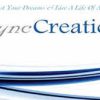
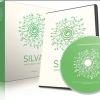
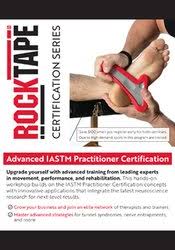



![Iawake Technologies – Beginner’s Mind (neuroflow Series) [6 Webrips – Wav User Manual – Pdf]](https://copicourse.com/wp-content/uploads/2021/08/iawake-technologies-beginners-mind-neuroflow-series-6-webrips-wav-user-manual-pdf-300x400.jpg)
